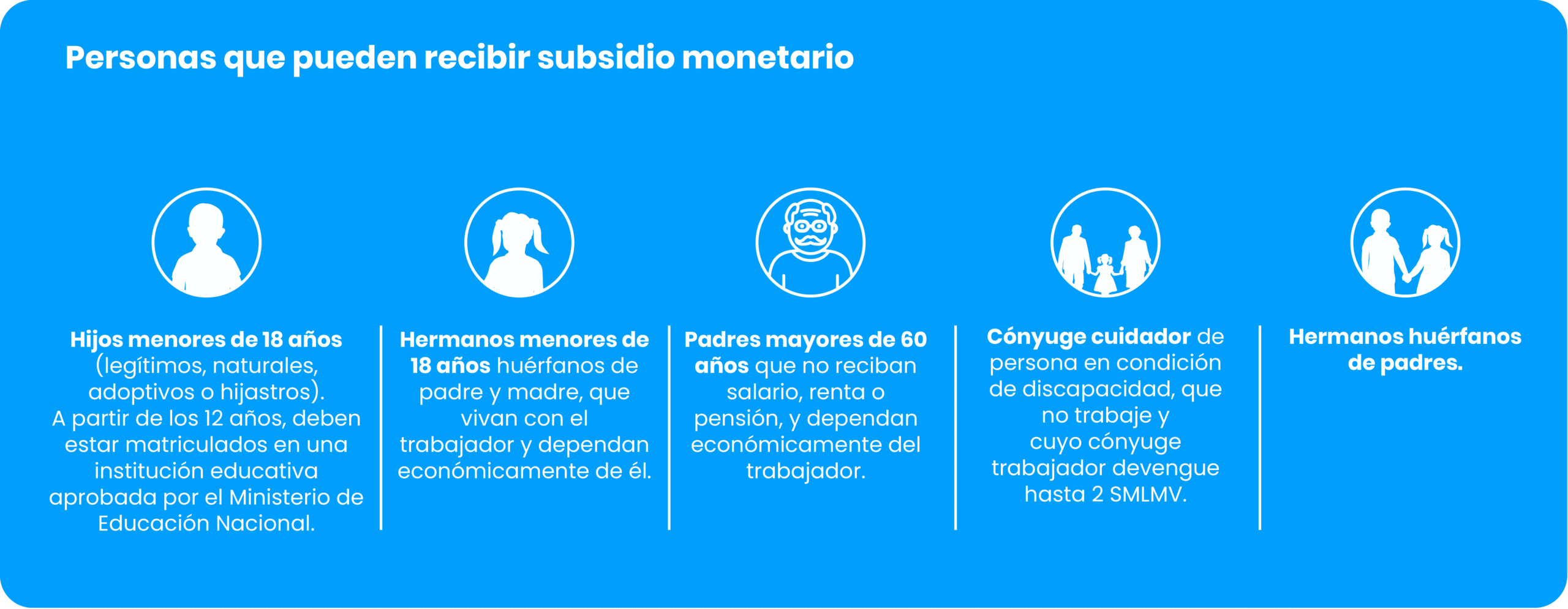COMFASUCRE. Como titular y gestor del sitio web que usted como usuario visita, expone en este apartado el uso de la Política de Privacidad, y sobre la información de carácter personal que el usuario puede facilitar cuando visite o navegue por la página web de nuestra titularidad.
En el tratamiento de datos de carácter personal, COMFASUCRE garantiza el cumplimiento de la Ley Orgánica 15 de 13 de diciembre de 1999, por medio de la cual, se consagra la Protección de Datos de Carácter Personal y su normativa de desarrollo, Real Decreto 1720 de 21 de diciembre de 2007, , por el que se aprueba su Reglamento, así como la LSSICE 34 del 11 de julio de 2002, expedido por la Sociedad de la Información y de Comercio Electrónico. Por lo que se informa a todos los usuarios, que los datos remitidos o suministrados a través de la presente dirección url serán incorporados a un fichero automatizado debidamente inscrito en la Agencia Española de Protección de Datos, en el que el responsable de dicho fichero es: COMFASUCRE identificado con NIT: 892200015-5 y domicilio social: Calle 28 #25b 50, Sincelejo, Sucre.
COMFASUCRE se reserva el derecho de modificar la presente Política de Protección de Datos la cual se puede consultar en cualquier momento Política protección de datos personales, con el fin de adaptarla a novedades legislativas o cambios en sus actividades, siendo vigente la que en cada momento se encuentre publicada en nuestra web.
- CALIDAD Y FINALIDAD
Al hacer “click” en el botón “Enviar” (o equivalente) incorporado en nuestros formularios, el usuario declara reconocer y aceptar que este sitio puede acceder a la información de su cuenta y preservarla, así como divulgar cualquier contenido asociado a dicha cuenta, si fuese necesario por razones legales antes las entidades competentes, además la información y los datos que han sido facilitado en nuestros formularios electrónicos son exactos y veraces. Para que la información suministrada esté siempre actualizada y no contenga errores, el Usuario deberá comunicar, a la mayor brevedad posible, las modificaciones de sus datos de carácter personal que se vayan produciendo, así como las rectificaciones de datos erróneos en caso de que detecte alguno. El Usuario garantiza que los datos aportados son verdaderos, exactos, completos y actualizados, siendo responsable de cualquier daño o perjuicio, directo o indirecto, que pudiera ocasionarse como consecuencia del incumplimiento de tal obligación. En función del formulario y/o correo electrónico al que accedas, o remitas, la información que nos facilites se utilizará para las finalidades descritas a continuación, por lo que aceptas expresamente y de forma libre e inequívoca su tratamiento con acuerdo a las siguientes finalidades:
- Las que particularmente se indiquen en cada una de las páginas donde aparezca el formulario de registro electrónico.
- Con carácter general, para atender tus solicitudes, consultas, comentarios, encargos o cualquier tipo de petición que sea realizada por el usuario a través de cualquiera de las formas de contacto que ponemos a disposición de nuestros usuarios, seguidores o lectores.
- Para informarte sobre consultas, peticiones, actividades, productos, novedades y/o servicios; vía e-mail, fax, Whatsapp, Skipe, teléfono proporcionado, comunidades sociales (Redes Sociales), y de igual forma para enviarle comunicaciones comerciales a través de cualesquier otro medio electrónico o físico. Estas comunicaciones, siempre serán relacionadas con nuestros tema, servicios, novedades o promociones, así como aquellas que considerar de su interés y que puedan ofrecer colaboradores, empresas o partners con los que mantengamos acuerdos de promoción comercial. De ser así, garantizamos que estos terceros nunca tendrán acceso a sus datos personales. Siendo en todo caso estas comunicaciones realizadas por parte de COMFASUCRE, y siempre sobre productos y servicios relacionados con nuestro sector.
- Elaborar perfiles de mercado con fines publicitarios o estadísticos.
- Esa misma información podrá ofrecérsele o remitírsele al hacerse seguidor de los perfiles de COMFASUCRE en las redes sociales que enlazan este Sitio Web, por lo que al hacerte seguidor de cualquiera de los dos consientes expresamente el tratamiento de tus datos personales dentro del entorno de estas redes sociales, en cumplimiento de las presentes, así como de las condiciones particulares y políticas de privacidad de las mismas. Si desean dejar de recibir dicha información o que esos datos sean cancelados, puedes darte de baja como seguidor de nuestros perfiles en estas redes. Además, los seguidores en redes sociales podrán ejercer los derechos que la Ley les confiere, si bien, puesto que dichas plataformas pertenecen a terceros, las respuestas a los ejercicios de derechos por parte del COMFASUCRE quedarán limitadas por las funcionalidades que permita la red social de que se trate, por lo que recomendamos que antes de seguir nuestros perfiles en redes sociales revises las condiciones de uso y políticas de privacidad de las mismas.
- BAJA EN SUSCRIPCIÓN A NEWSLETTER Y ENVIO DE COMUNICACIONES COMERCIALES
En cumplimiento de la LSSI-CE 34 de 11 julio de2002, de la Sociedad de la Información y del Comercio Electrónico, le informamos que podrá en cualquier momento revocar el consentimiento prestado para él envió de comunicaciones comerciales, o para causar baja en nuestros servicios de subscripción, tan solo enviando un correo electrónico indicando su solicitud a: seccion.archivo@comfasucre.com.co indicando: BAJA SUSCRIPCIÓN COMFASUCRE
- DATOS DE TERCEROS
En el supuesto de que nos facilites datos de carácter personal de terceras personas, en cumplimiento de lo dispuesto en el artículo 5.4. LOPD, declaras haber informado a dichas personas con carácter previo, del contenido de los datos facilitados, de la procedencia de los mismos, de la existencia y finalidad del fichero donde se contienen sus datos, de los destinatarios de dicha información, de la posibilidad de ejercitar los derechos de acceso, rectificación, cancelación u oposición, así como de los datos identificativos de COMFASUCRE En este sentido, es de su exclusiva responsabilidad informar de tal circunstancia a los terceros cuyos datos nos va a ceder, no asumiendo COMFASUCRE ninguna responsabilidad por el incumplimiento de este precepto por parte del usuario.
- EJERCICIO DE DERECHOS
El titular de los datos podrá ejercer sus derechos de acceso, rectificación, cancelación y oposición dirigiéndose a COMFASUCRE: seccion.archivo@comfasucre.com.co Dicha solicitud deberá contener los siguientes datos: nombre y apellidos, domicilio a efecto de notificaciones, fotocopia del DNI I o Pasaporte.
- MEDIDAS DE SEGURIDAD
BIGSEO ha adoptado todas las medidas técnicas y de organización necesaria para garantizar la seguridad e integridad de los datos de carácter personal que trate, así como para evitar su pérdida, alteración y/o acceso por parte de terceros no autorizados. No obstante lo anterior, el usuario reconoce y acepta que las medidas de seguridad en Internet no son inexpugnables.







